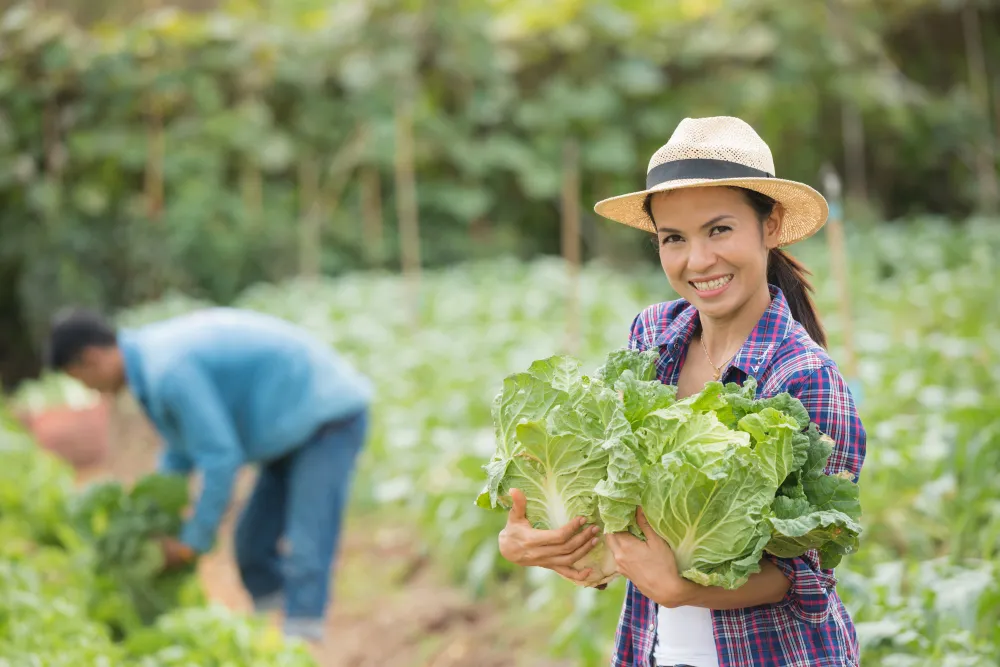Organic farming has gained immense popularity in recent years due to its commitment to sustainability, ecosystem health, and consumer well-being. But what exactly does organic farming entail, and why is it crucial for managed farmland? This article breaks down the core elements, benefits, challenges, and future of organic farming, shedding light on its impact on our environment and why it matters in today’s world.
What is Organic Farming?
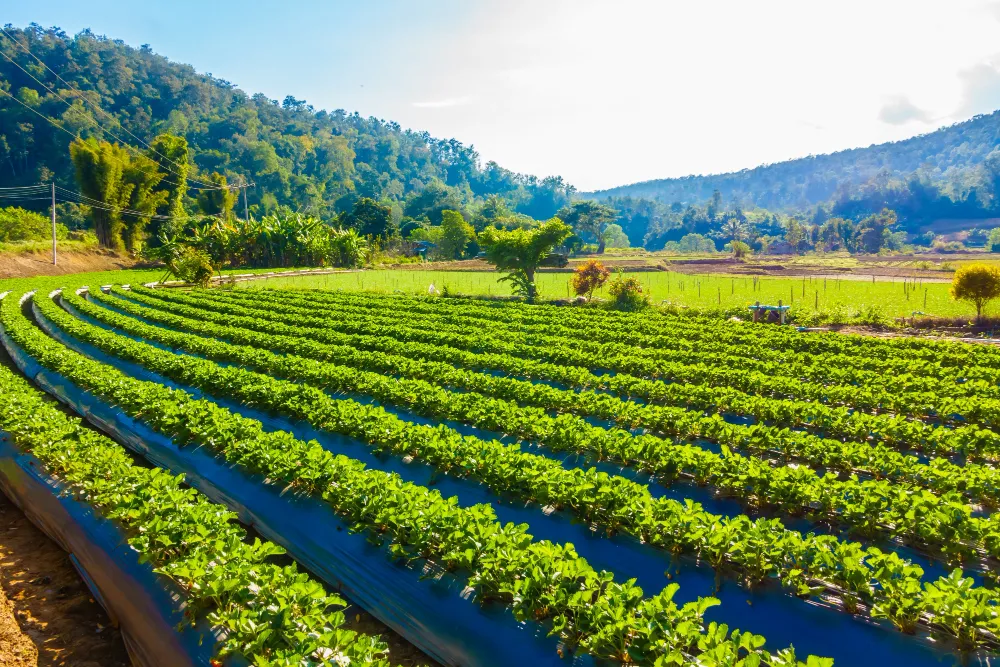
Organic farming is an agricultural system that relies on natural processes rather than synthetic chemicals to grow crops and raise animals. Unlike conventional farming, which often depends on chemical fertilizers, pesticides, and genetically modified organisms (GMOs), organic farming focuses on preserving soil health, protecting ecosystems, and producing food in a sustainable, eco-friendly manner.
Key Features of Organic Farming:
- Avoids synthetic inputs like pesticides, fertilizers, and GMOs.
- Focuses on soil fertility management using methods like composting and green manure.
- Promotes biodiversity through diverse cropping systems, crop rotation, and encouraging natural predators.
- Uses biological pest control instead of synthetic chemicals, promoting ecological balance.
- Emphasizes ethical treatment of animals, ensuring free-range access, and avoiding growth hormones and antibiotics.
- Practices sustainable land management through crop rotation and cover cropping to maintain soil health.
- Relies on natural, organic fertilizers (e.g., compost, manure) instead of chemical alternatives.
- Encourages natural water conservation techniques to ensure efficient water use and soil preservation.
Core Principles of Organic Farming

Organic farming is guided by fundamental principles that ensure its ecological and ethical integrity. These include:
Biodiversity
Organic farming encourages a wide range of plant and animal life on farmland. Biodiversity not only improves resilience to pests and diseases but also supports a balanced ecosystem where natural predators help control harmful pests.
Ecological Balance
Organic farms strive to create a self-sustaining environment. Techniques like crop rotation and intercropping allow farmers to maintain ecological balance, reducing the need for chemical interventions.
Soil Health and Fertility
Rather than depleting the soil with synthetic fertilizers, organic farming builds soil health using compost, green manure, and organic matter, supporting beneficial microorganisms and nutrient-dense crop production.
Animal Welfare
In organic systems, animals are raised in humane conditions, with organic feed and ample space, which improves their health and reduces the need for antibiotics and growth hormones.
Types of Organic Farming

It can be divided into two main types: Integrated and Pure Organic Farming.
Both focus on farming in a way that is better for the environment, but they do it in different ways.
- Integrated Organic Farming (IOF): Combines traditional organic methods with external inputs like organic fertilizers and natural pest control, aiming to increase productivity while remaining eco-friendly.
- Pure Organic Farming: Avoids synthetic chemicals entirely, relying on natural sources such as compost and animal manure for fertilizers and pest control.
Different Farming Practices in Organic Farming
Within the broader categories of Integrated and Pure Organic Farming, there are several farming practices that focus on specific ecological and economic goals.
These include:
Crop-Based Organic Farming

Crop-based organic farming involves growing plants without synthetic chemicals, relying on natural processes to maintain soil fertility and control pests. It’s one of the most common forms of organic farming, focusing on soil health and plant biodiversity.
Key Features:
- No synthetic fertilizers or pesticides.
- Use of crop rotation to maintain soil fertility.
- Companion planting to enhance biodiversity and control pests.
- Organic fertilizers like compost and manure are used to feed plants.
- Soil management practices such as mulching and cover cropping.
Livestock-Based Organic Farming
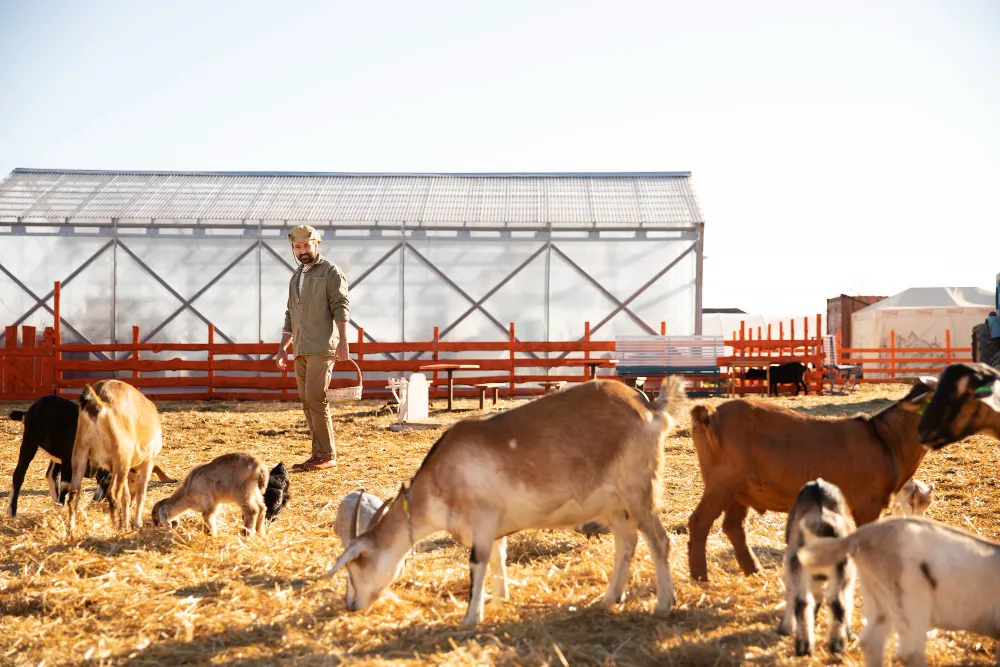
In livestock-based organic farming, animals are raised according to organic principles, which means they are not treated with growth hormones or antibiotics. Organic feed and pasture-based systems are used, promoting animal health and welfare.
Key Features:
- Animals are raised on organic feed and have access to pasture.
- No use of growth hormones or antibiotics.
- Focus on humane treatment and ethical practices.
- Livestock manure is often used to fertilize crops.
- Organic certification ensures animal welfare standards are met.
Agroforestry Organic Farming

Agroforestry integrates trees with crops and livestock to create a sustainable farming system. This practice improves biodiversity, helps conserve water, and enhances soil health by combining various species in a single system.
Key Features:
- Combines trees, crops, and livestock in one system.
- Promotes biodiversity and soil conservation.
- Trees provide shade, reduce wind erosion, and improve water retention.
- Enhances long-term sustainability of farmland.
- Trees may also provide additional income from fruits, nuts, or timber.
Mixed Organic Farming

Mixed organic farming is a balanced system that combines both crop production and livestock rearing. This method uses animal manure to fertilize crops while providing food and other products from both plants and animals.
Key Features:
- Incorporates both crops and livestock on the same farm.
- Livestock manure is used to enrich soil.
- Provides diversified income sources from both crops and animals.
- Promotes nutrient cycling through integration of animals and plants.
- Reduces dependency on external inputs for fertilization.
Permaculture Organic Farming
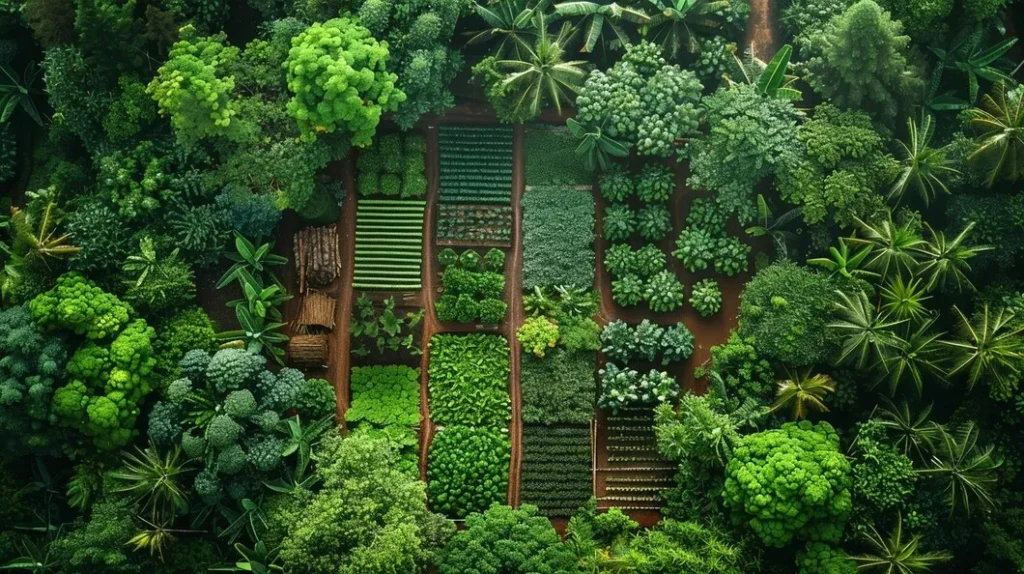
Permaculture is an agricultural design philosophy that emphasizes working with nature to create self-sustaining ecosystems. It integrates food production, water management, and energy efficiency in a harmonious way.
Key Features:
- Focus on creating self-sustaining ecosystems.
- Emphasizes soil health, water conservation, and energy efficiency.
- Diverse crops, trees, and animals work together in a balanced system.
- Designs are based on the natural environment and its processes.
- Uses minimal external inputs, focusing on renewable resources.
Hydroponic Organic Farming
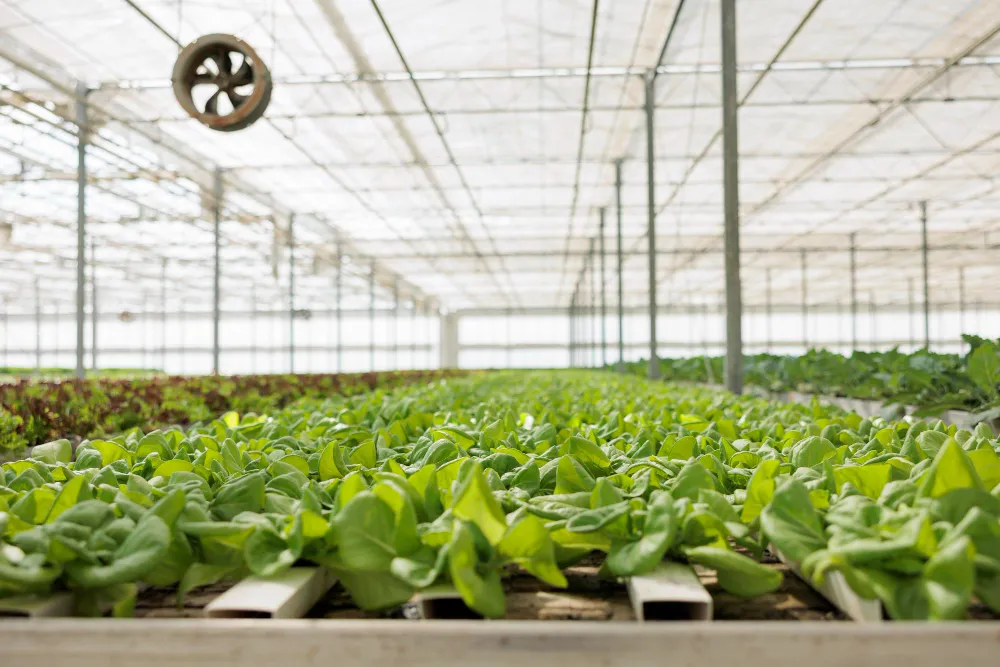
Hydroponic organic farming involves growing plants in a soil-free environment using water-based nutrient solutions. While it is soil-less, it follows organic principles by using natural and organic inputs for plant growth.
Key Features:
- Soil-free growing method (uses water-based nutrient solutions).
- Organic nutrients instead of synthetic fertilizers.
- Efficient use of space, making it ideal for urban farming.
- Requires less water than traditional soil-based farming.
- Can be integrated with vertical farming or greenhouses.
Aquaponics Organic Farming
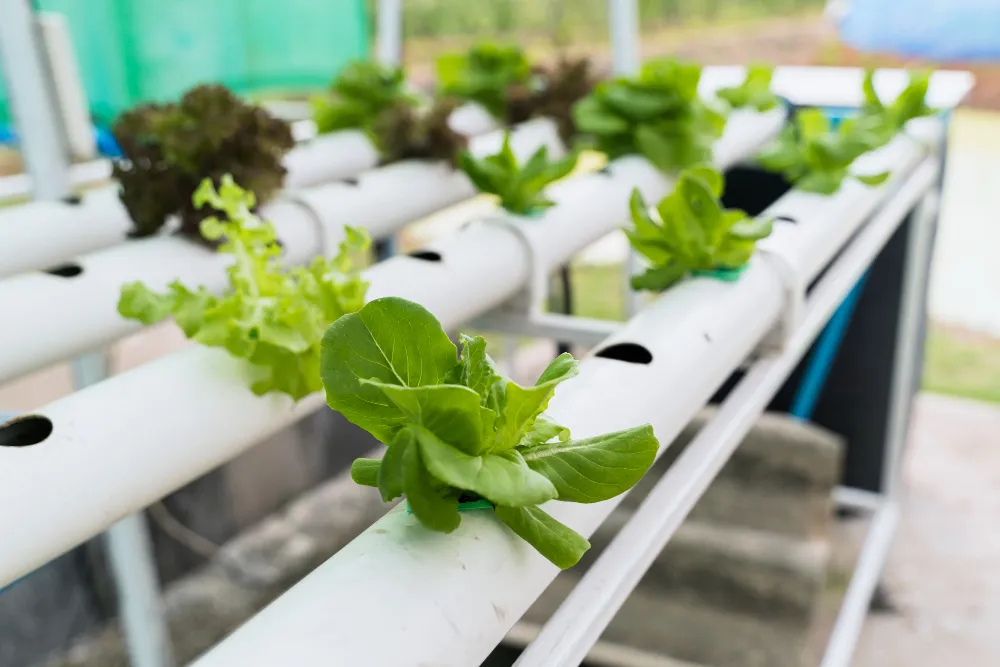
Aquaponics combines aquaculture (fish farming) and hydroponics to create a closed-loop system where fish waste provides nutrients for plants, and plants help filter and purify water for the fish.
Key Features:
- Integrates fish farming with hydroponic plant growing.
- Creates a symbiotic relationship between fish and plants.
- Uses organic methods for both plant and fish care.
- Reduces water usage compared to traditional farming.
- Ideal for small spaces and urban environments.
Vertical Organic Farming
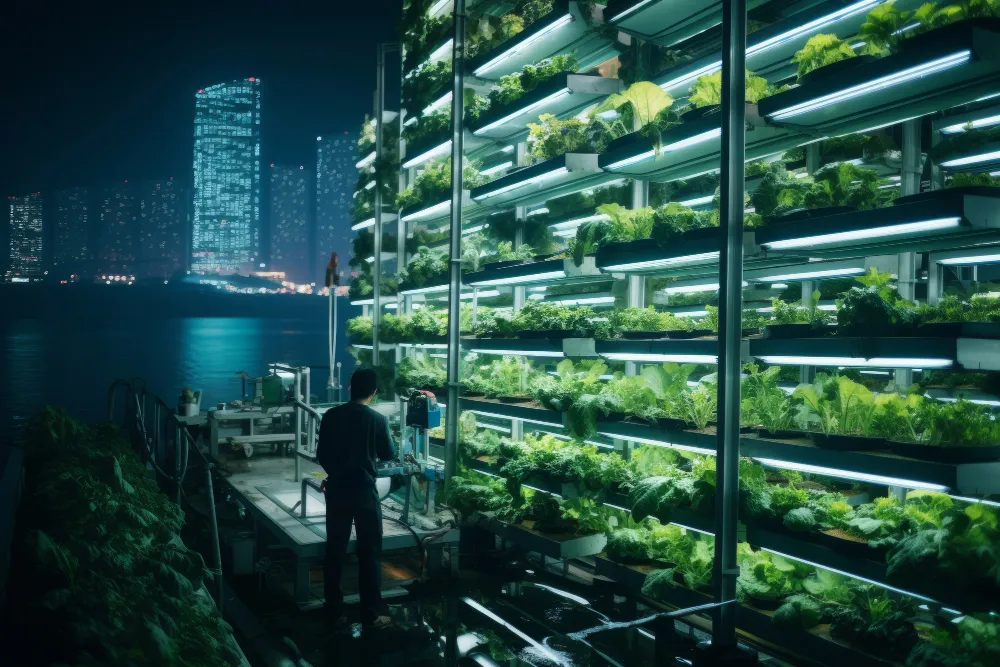
Vertical organic farming involves growing crops in stacked layers or vertical systems, which can be placed in spaces like buildings or warehouses. This method maximizes space and is often used in urban environments.
Key Features:
- Uses vertical structures to grow crops in limited space.
- Can be used in urban settings like rooftops or indoor facilities.
- Often combined with hydroponics or aeroponics.
- Efficient in terms of water and space usage.
- Reduces the need for land-based farming.
No-Till Organic Farming
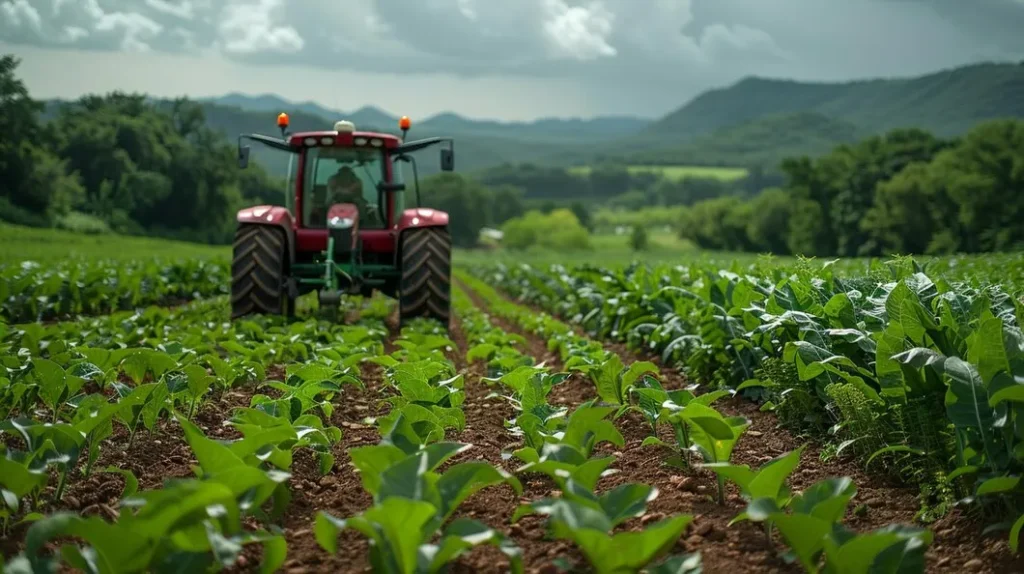
No-till organic farming minimizes soil disturbance by avoiding plowing and tilling. Instead, practices like mulching, cover cropping, and using organic fertilizers help build soil health without disrupting its structure.
Key Features:
- Avoids plowing or tilling, preserving soil structure.
- Uses cover crops and mulching to prevent soil erosion.
- Improves water retention and reduces weed growth.
- Enhances soil organic matter and microbial activity.
- Reduces fuel consumption and labor costs.
Biodynamic Organic Farming
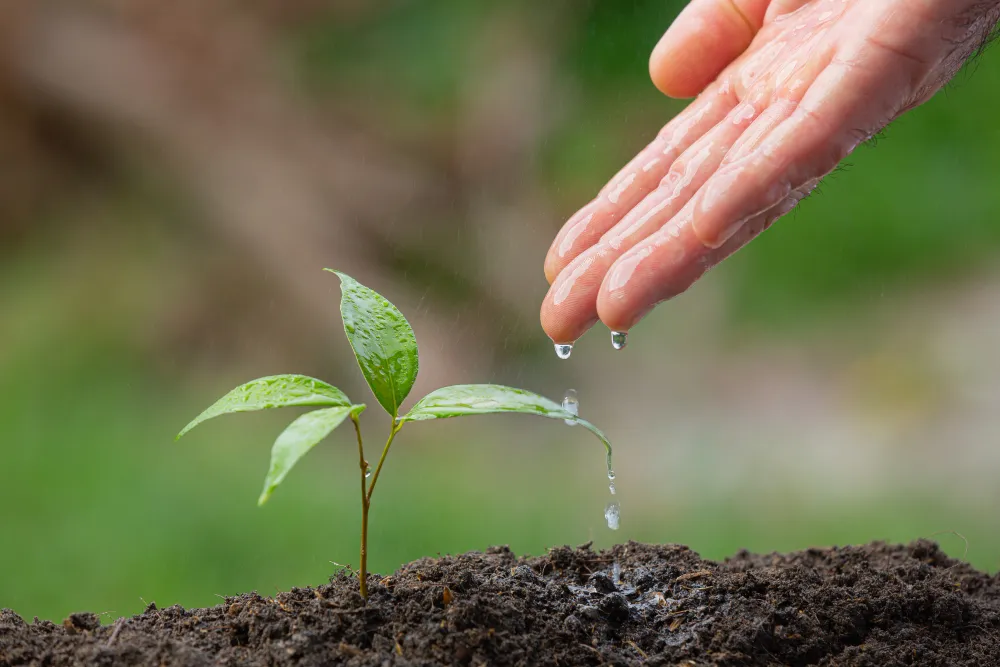
Biodynamic farming combines organic farming with spiritual and mystical principles. It includes the use of specific planting calendars, lunar cycles, and unique preparations to enhance soil health and promote biodiversity.
Key Features:
- Combines organic methods with spiritual and cosmic influences.
- Uses lunar planting cycles and special biodynamic preparations.
- Focuses on enhancing soil fertility and biodiversity.
- Integrates livestock, crops, and biodiversity into a holistic system.
- Emphasizes self-sufficiency and sustainability.
Importance of Organic Farming for Managed Farmland
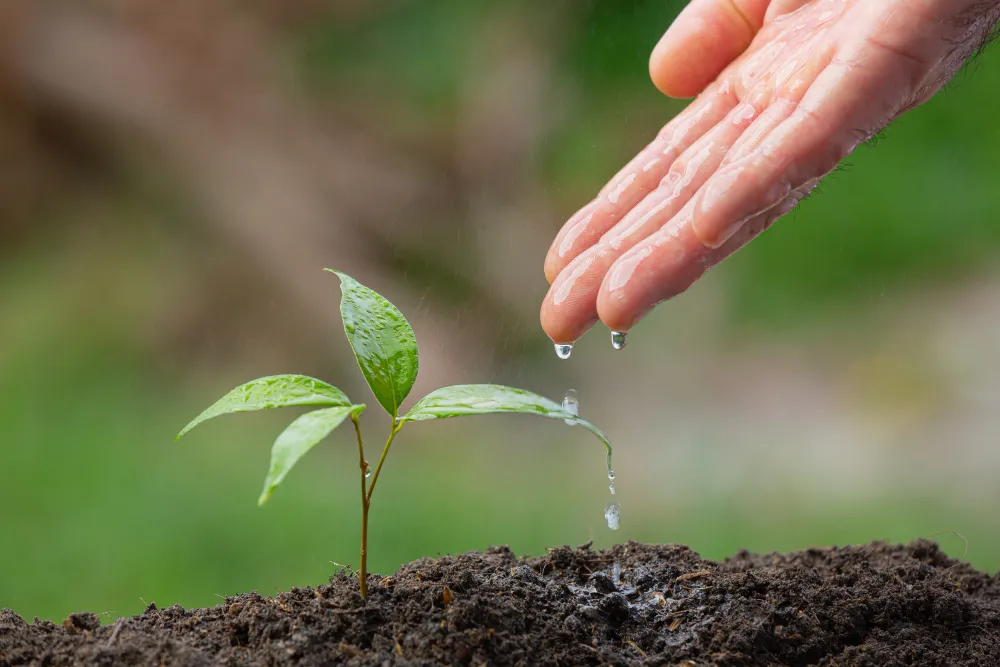
This type of farming is particularly beneficial for managed farmland, where preserving soil health, reducing pollution, and enhancing productivity are essential.
Organic farming offers numerous advantages that can positively impact the environment, local ecosystems, and farm productivity.
Enhanced Soil Health and Fertility
Organic farming practices improve soil structure by avoiding synthetic chemicals, which can deplete soil quality over time. Instead, organic farmers focus on practices like composting, mulching, and using organic fertilizers to improve soil health.
- Increased Organic Matter: Adding organic matter to the soil boosts its fertility and structure, enhancing its ability to retain water and nutrients.
- Microbial Activity: Healthy soil in organic systems supports a thriving ecosystem of microorganisms, which in turn improves plant growth and resilience.
Reduced Environmental Pollution
By eliminating the use of synthetic pesticides and fertilizers, organic farming reduces harmful chemicals from polluting the air, water, and soil. This leads to healthier ecosystems and less toxic runoff.
- Water Quality Protection: Organic farms produce less runoff, reducing contamination of nearby water bodies and ensuring better water quality.
- Less Soil Erosion: Practices like crop rotation and reduced tillage prevent soil erosion, leading to long-term soil preservation.
Increased Biodiversity
Organic farming promotes biodiversity through diverse planting systems, pest management strategies, and habitat preservation. The absence of synthetic chemicals helps create environments where a variety of species—plants, animals, and beneficial insects—can thrive.
- Wildlife Habitats: Organic farms often serve as refuges for wildlife, encouraging birds, pollinators, and natural predators.
- Pollinator Support: With less pesticide use, organic farms are better suited to support pollinators, which are vital for the success of many crops.
Climate Change Mitigation
Organic farming plays a role in mitigating climate change by sequestering carbon in the soil. Healthy, organic soils store more carbon than conventional soils, helping reduce greenhouse gases in the atmosphere.
- Carbon Sequestration: Organic farming practices that promote soil health, such as composting and cover cropping, can help capture and store carbon dioxide.
- Resilient Systems: Organic farms are often more resilient to extreme weather events like droughts or floods, contributing to climate adaptation.
Soil Health in Organic Farming
Soil is the foundation of any farm, and organic farming places great importance on nurturing its quality. Here’s how organic practices promote soil health:
- Natural Fertilizers and Composting: Compost and other organic fertilizers enrich the soil, making nutrients readily available for plants while improving soil structure.
- Soil Microorganisms: A healthy soil biome, teeming with beneficial bacteria and fungi, plays a crucial role in breaking down organic matter into nutrients. These microorganisms boost soil fertility and support plant health.
- Erosion Prevention: Practices like reduced tillage, cover cropping, and mulching prevent soil erosion, maintaining its structure and fertility for future crops.
Environmental Benefits of Organic Farming
Organic farming’s benefits extend beyond the farm, positively impacting the broader environment in multiple ways:
- Reduced Greenhouse Gas Emissions: Organic farming practices generally emit fewer greenhouse gases than conventional farming due to less reliance on synthetic fertilizers and energy-intensive machinery.
- Climate Resilience: The healthy soil maintained in organic systems has a better water-holding capacity, making these farms more resilient to droughts and heavy rainfall.
- Conservation of Natural Ecosystems: Organic farms provide habitats for wildlife and support pollinator populations, which are crucial for global food security and ecosystem health.
Organic Pest and Weed Control
Organic farming avoids synthetic pesticides by implementing natural pest and weed control strategies:
- Companion Planting: Certain plants deter pests naturally when grown alongside crops. For example, planting marigolds around vegetables can repel aphids and nematodes.
- Beneficial Insects: By attracting insects like ladybugs, hoverflies, and spiders, organic farmers can naturally control pest populations without harming the environment.
- Mechanical Weeding and Mulching: Organic farmers use physical methods to manage weeds, such as hand weeding, flame weeding, or applying organic mulch, which suppresses weeds without introducing harmful chemicals.
Crop Diversity in Organic Farming
Organic farming encourages the growth of a variety of crops, benefiting both the soil and the plants:
- Crop Rotation: Changing crops seasonally improves soil fertility and interrupts pest life cycles, preventing soil depletion.
- Polyculture Systems: Growing a variety of crops together (polyculture) improves resilience against pests and diseases and promotes healthier soil, creating a self-supporting agricultural system.
Water Management in Organic Farming
Efficient water management is a critical part of organic farming:
- Efficient Irrigation Techniques: Techniques like drip irrigation deliver water directly to the roots, reducing waste and conserving water.
- Water Protection: By minimizing synthetic chemical use, organic farming prevents pollution of water sources, protecting aquatic ecosystems and drinking water.
Organic Farming and Carbon Sequestration
Organic practices have been shown to sequester carbon, helping combat climate change:
- Soil Carbon Storage: Organic matter and compost help store carbon in the soil, reducing carbon dioxide in the atmosphere.
- Climate Impact: Sequestered carbon not only reduces greenhouse gases but also improves soil quality and productivity, creating a positive feedback loop for sustainability.
Organic Livestock Management
Organic farms prioritize the health and well-being of animals, focusing on:
- Ethical Animal Treatment: Animals in organic systems are often provided with open space, outdoor access, and better living conditions, which contributes to their overall well-being.
- Natural Diets and Health Care: Organic livestock are fed organic, non-GMO feed and are managed without routine antibiotics, which leads to healthier animals and reduces antibiotic resistance.
Challenges of Organic Farming

While organic farming has numerous advantages, it also presents some challenges that farmers must navigate.
Lower Yields
One of the primary concerns with this farming is that yields can be lower compared to conventional farming, especially in the early years as soil health improves.
- Transition Period: During the transition from conventional farming to this method, yields may drop as farmers reduce the use of synthetic chemicals and fertilizers.
- Efficiency Gains Over Time: Over time, as farming practices build up soil health and fertility, yields may stabilize or increase.
Pest and Disease Management
Without the use of chemical pesticides, farmers must rely on natural pest control methods, which can be less effective or more labor-intensive.
- Natural Pest Control: Farmers use methods like crop rotation, physical barriers, and introducing beneficial insects to control pests, but these methods require more time and attention.
- Disease Resistance: Practices in this farming system can help build resistance to some diseases, but they do not guarantee immunity, and some diseases can be harder to manage without chemicals.
Higher Labor and Input Costs
This farming often requires more labor-intensive practices, such as hand weeding and manual pest control. Additionally, certification and maintaining these practices can be costly for farmers.
- Labor-Intensive Practices: These farming systems require careful management and more labor for tasks like weeding, mulching, and pest control.
- Certification Costs: Certification is a process that comes with fees and requires strict adherence to regulations, making it a financial burden for some farmers.
Market Access and Pricing
Farming products typically command a premium price, but access to organic markets can be competitive, and the costs associated with obtaining certification can be prohibitive.
- Market Demand: While demand for these products is growing, it can still be difficult for smaller farms to access larger markets or compete with bigger, established producers.
- Price Volatility: Prices for these products can fluctuate, which may impact profitability and make it challenging to predict income.
Organic Certification and Standards

Becoming certified as an organic farm requires adherence to strict standards:
- Certification Requirements: Farmers must avoid synthetic inputs, GMOs, and antibiotics, and follow sustainable practices like crop rotation and biodiversity preservation.
- Process and Benefits of Certification: Certification verifies the organic integrity of farm products, often leading to higher market prices and consumer trust.
- Global Organic Standards: Certification standards vary globally, with well-known standards like USDA Organic in the United States, EU Organic in Europe, and JAS in Japan.
Future of Organic Farming in Managed Farmland
The future of organic farming is bright, with continuous advancements making it more efficient and accessible:
- Emerging Technologies: Precision agriculture tools are helping organic farmers optimize water usage, pest control, and crop health with minimal environmental impact.
- Sustainable Food Production: With a growing population, organic farming is seen as a pathway to sustainable food production that can meet human needs without depleting resources.
Conclusion
Organic farming presents an environmentally friendly, sustainable alternative to conventional farming. From promoting soil health and biodiversity to reducing pollution and conserving water, organic farming has a profound impact on managed farmland. While challenges remain, the benefits of organic farming—both for individual farms and for the planet—are too substantial to ignore. By embracing organic practices, farmers can contribute to a more sustainable food system and a healthier world.
If you’re ready to dive into farming, Sanjevani Farm is your ideal partner. Sanjevani Farm offers prime farmland for sale near Bangalore, ideal for implementing sustainable, eco-friendly farming practices. Whether you’re looking to start a new farming venture or expand an existing one, this is your opportunity to own high-quality, managed farmland in a peaceful, green location.
Contact Sanjevani Farm and start your organic farming journey today to build your dream farm!
FAQs
What is the difference between organic and conventional farming?
Organic farming relies on natural methods and avoids synthetic chemicals, while conventional farming often uses synthetic pesticides, fertilizers, and genetically modified organisms to enhance crop yield and efficiency.
How does organic farming benefit the environment?
It benefits the environment by reducing pollution, conserving water, and supporting biodiversity. These practices help create a balanced ecosystem, protect natural resources, and reduce the agricultural carbon footprint.
Is organic farming sustainable in the long term?
Yes, it can be sustainable long-term, as it focuses on soil health, water conservation, and biodiversity. These practices make the soil resilient and productive for future generations.
What are the main challenges faced by organic farmers?
Organic farmers face challenges like lower initial yields, pest control without chemicals, and higher costs for labor and certification. However, organic products often command higher prices, and demand is steadily increasing.
How can I start organic farming on a small scale?
To start it, focus on building soil health with compost and organic matter, use natural pest control methods, and plant a diverse range of crops. Start with a small plot to gain experience with organic techniques.

